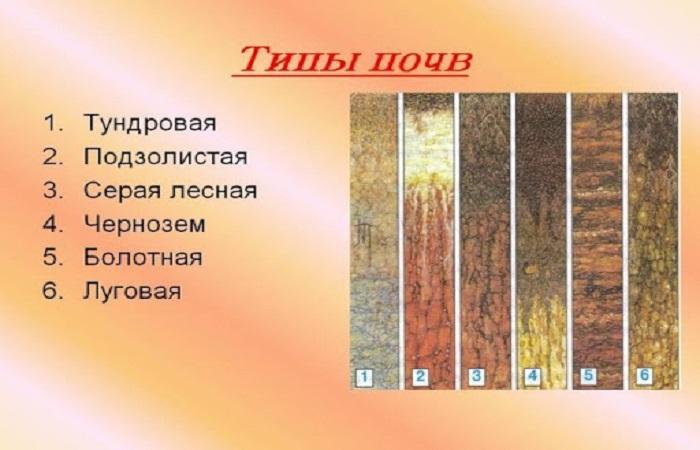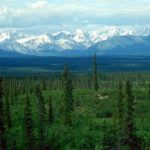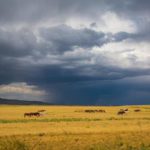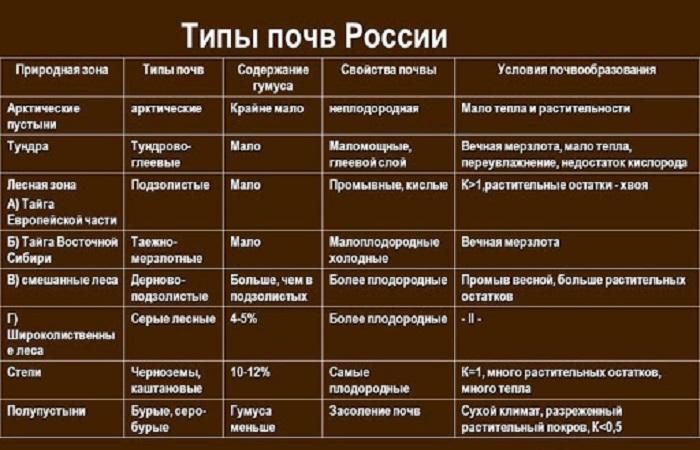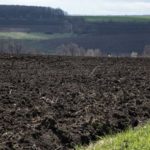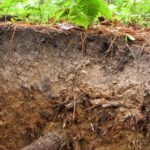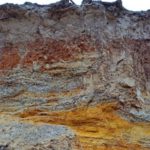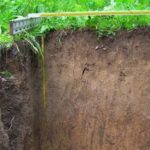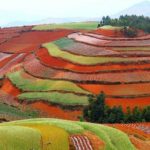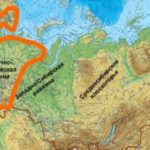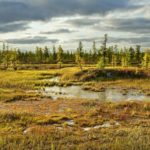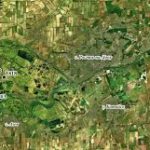The success of growing plants depends largely on the type of soil because they have different characteristics, including fertility, ability to retain moisture, permeability to water and air, amount of humus and much more. All types of existing soils are collected in a table, which helps to systematize knowledge about them and to be able to compare similarities and differences.
Features of the main soil types
The shape of the planet determined the presence of several climatic zones, which differ in their own set of characteristics: climate, humidity level, landscape, unique selection of animals, plants, microorganisms and representatives of other kingdoms of nature.This climatic diversity also affects the soil, its composition, nutritional value, moisture level, and so on.
Moreover, the main properties of their main types are directly related to vegetation, fauna and heat level. The fewer these qualities, the more scarce and infertile the land. The northern territories, characterized by minimal levels of insolation and warm days, low levels of vegetation, have thin, infertile soils with a small amount of humus.
Conversely, arid semi-desert areas with excessively high temperatures, dryness and an abundance of sunlight give almost the same result, except that, with stable irrigation, such lands can produce a tolerable harvest of some hardy crops.
The most fertile areas are those with a temperate, tropical and subtropical climate, sufficient levels of precipitation and average annual temperatures. There is rich, abundant vegetation, many animals, actively working microorganisms that do not suffer from freezing in winter or drying out in summer. This gives a large layer of humus and high fertility, so most chestnut, podzolic, chernozem soils and loams have characteristics suitable for active farming.
Natural areas of the world
These are large territories united by a common landscape, flora and fauna. They divide the globe into certain areas by latitude, but not into solid strips, since the presence of mountain ranges and proximity to seas and oceans affects climatic conditions and the composition of soils.
Natural areas are also formed vertically. In the mountains they are located “in layers”: the lower tier, at the base of the mountains, where the vegetation is most lush, differs from all subsequent ones. The higher you go, the colder and less fertile the land is.Natural land areas are divided as follows (counting from the equator to the poles):
- Rainforests.
- Semi-deserts and deserts.
- Savannas and woodlands.
- Evergreen hard-leaved forests and shrubs.
- Steppes and forest-steppes.
- Broad-leaved and mixed forests.
- Taiga.
- Tundra and forest-tundra.
- Arctic deserts.
Soil types: table
In order of change from north to south, zonal soil types are divided as follows:
- Tundra gley.
- Brown tundra forests.
- Podzolic.
- Gray forest or sod-podzolic.
- Steppe chernozems.
- Chestnut.
- Gray-brown semi-desert lands.
- Gray soils of semi-deserts.
- Red soils of the subtropics.
| Natural areas | Soil types | Soil properties | Presence and quantity of humus | Conditions for soil formation |
| Arctic deserts | Arctic | Infertile, unsuitable for farming | Minimal or none at all | The Arctic desert has virtually no vegetation, a harsh cold climate, and little sun. Animals and birds visit this zone periodically, foraging for food or during migration. |
| Tundra | Tundra-gley | Minimally fertile, on permafrost, with a gley layer | There is not enough humus | Cold climate with short summers, lack of heat and excess moisture |
| Forest zones: | ||||
| Taiga of the European part | Podzolic | Acidic washes | A little | A significant layer of dead plants with a predominance of coniferous litter |
| Taiga of Eastern Siberia | Taiga-permafrost | Unheated, low fertility | A little | Thin layer of soil on permafrost |
| Mixed forests | Sod-podzolic | More fertile than in the Siberian taiga | Greater amount than in podzolic soils | Lots of mixed dead vegetation |
| Broadleaf forests | Gray forest | Quite fertile | 4-5 % | Leaf forest soils with a large layer of plant residues |
| Steppes | Chernozems
Chestnut soils |
Most fertile | 10-12 % | Turf soils are nutritious and quite powerful. Lots of heat |
| Semi-deserts | Brown and gray-brown | Saline, infertile | Less than in steppe soils | Sparse vegetation cover, hot and dry climate with insufficient precipitation |
Soil fertility is a characteristic that can be increased using advanced methods within the capabilities of the climatic zone.

